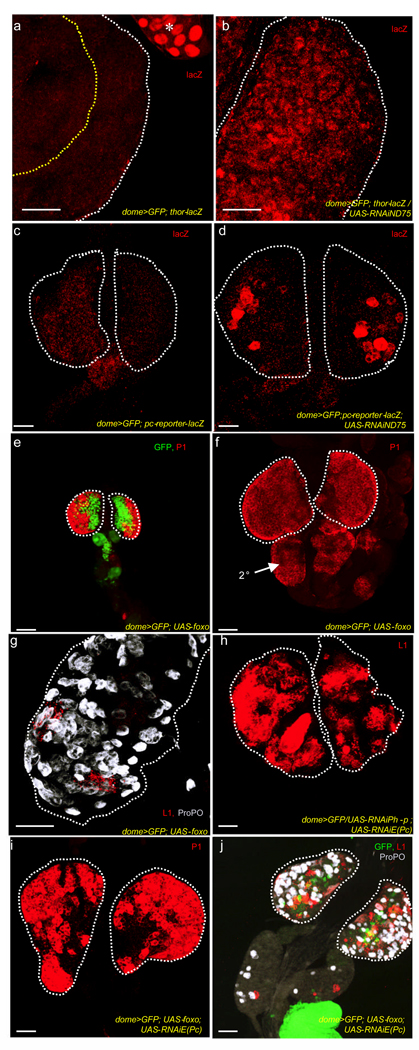Figure 4. FoxO activation and Polycomb downregulation phenocopy aspects of the ROS induced differentiation.
In all panels, the progenitor cells express the MZ marker, dome-gal4, UAS-2xEYFP (green), omitted in some panels for clarity. Lymph glands from dome-gal4, UAS-2xEYFP larvae were used as wild-type controls (abbreviated WT). Lymph glands which express a RNAi construct to ND75 in the progenitor cells (dome-gal4, UAS-2xEYFP; UAS-RNAiND75), are abbreviated as ND75RNAi. Scale bars :40µm.
(a, b) Disruption of ND75 leads to induction of the FoxO reporter, thor-lacZ. WT lymph glands (a) do not express thor-lacZ (absence of red). The asterisk in a, points to thor-lacZ expression in the ring gland, adjacent to the lymph gland which serves as an internal control. thor-lacZ expression is significantly induced in ND75RNAi lymph glands (b).
(c, d) Disruption of ND75 leads to expression of the polycomb reporter. The polycomb reporter (red) is not expressed in WT lymph glands (c), but is induced in ND75RNAi lymph glands (d).
(e–g) FoxO overexpression causes an increase in plasmatocytes and crystal cells, but has virtually no effect on lamellocytes.
(e) Overexpression of FoxO in the progenitor cells (dome-gal4, UAS-2xEYFP; UAS-foxo) causes their premature differentiation into plasmatocytes as shown for earlier than normal P1 staining (red) in a second instar lymph gland. Compare with Figure 2a.
(f) Progenitor cells expressing FoxO in the MZ of the third instar lymph gland also initiate extensive differentiation into plasmatocytes (red). In addition, there is ectopic differentiation in the secondary lobes (arrow, 2°).
(g) FoxO expression in the MZ results in an increase in the number of crystal cells (gray). However, only a few isolated L1-positive cells (red) are evident even in late third instar lymph glands. This image is acquired at twice the magnification of the other panels to highlight the few lamellocytes (red).
(h) RNAi-mediated downregulation of the expression of two polycomb proteins, Enhancer of polycomb, E(Pc) and polyhomeotic proximal (Ph-p), leads to a robust increase in lamellocytes, that stain for L1 (red).
(i, j) When FoxO and the RNAi construct to E(Pc) are expressed together in the MZ progenitors there is an increase in all three mature cell markers.
Co-expression of FoxO and an RNAi construct to E(Pc) trigger the full differentiation phenotype associated with complex I disruption as there is an increase in the number of plasmatocytes (red in i), crystal cells (gray in j) and lamellocytes (red in j).

